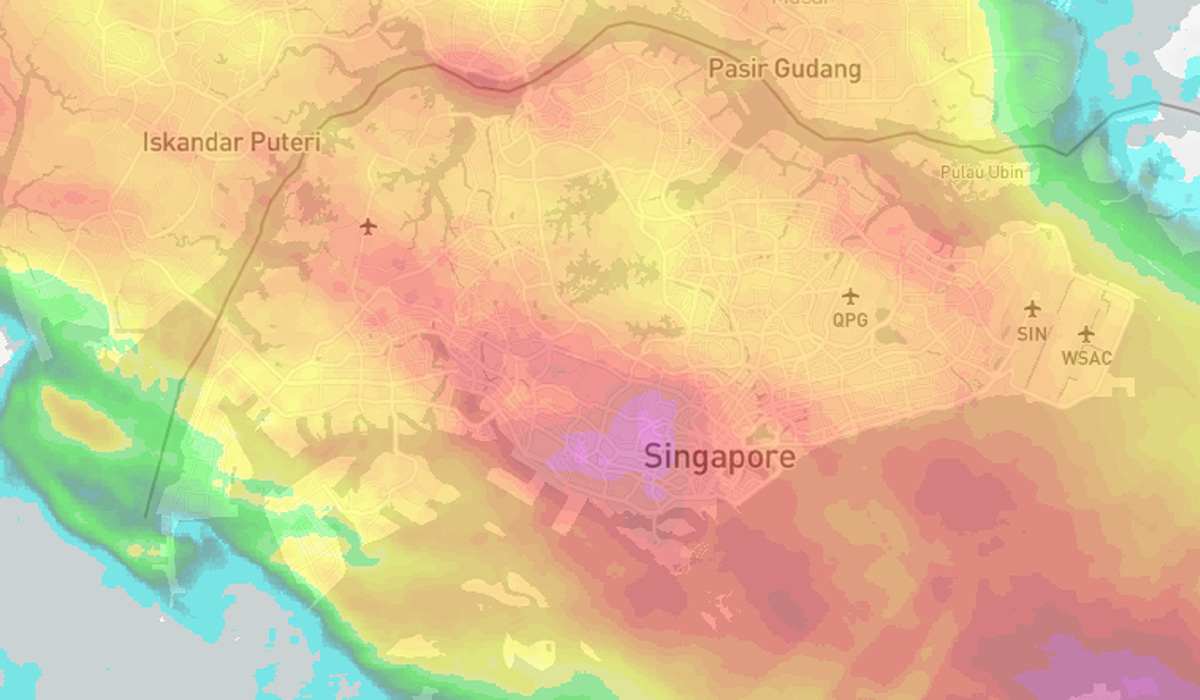A new smart rainfall prediction system developed by H2i and industrial electronics firm Furuno Singapore will allow national water agency PUB to respond both faster and more effectively to possible flash floods. As climate change brings on more frequent extreme weather events, technology can help keep people out of harm’s way, PUB said in a press release issued yesterday (January 23, 2020).
“The rainfall monitoring and prediction system underlines our commitment to technological innovation and improves existing flood management measures,” said Mr Yeo Keng Soon, PUB’s Director of Catchment and Waterways.
In development since 2016, the system combines data from three X-band rainfall monitoring radars installed in the Northern, Eastern and Western parts of Singapore at the end of 2018. They scan the sky for rain, feeding data into the system every two minutes and, together, create an accurate map of real-time rainfall intensity.
This feeds into a nowcast model that uses the data and past observations to forecast the movement, growth and decay of rainclouds. This allows rainfall intensity forecasts to be generated 30 minutes in advance with an accuracy of 65 per cent.
The key to improving forecast quality is correctly identifying the start of a rainfall event, and knowing how it will develop and change, explains Senior Consultant, Dr Albert Goedbloed.
“Singapore has highly localised and quick-changing weather – it could be raining heavily in one place, and be dry a few kilometres away. Rainfall also tends to appear and disappear quickly so the weather can change dramatically in under an hour,” he adds.
The H2i team, which also includes Project Manager, Mr Meinte Vierstra, and Radar Specialist, Mr Keem Munsung, built the system and then trained the PUB team on the tools available through the system’s web interface, which is integrated with PUB’s operational systems.
Combined with meteorological data and water level sensors in drains and canals, it could be used to support decisions on when to deploy PUB’s Quick Response Team (QRT) vehicles early to divert traffic or deploy flood barriers to divert floodwaters.
These radars, which are compact, cost-effective and energy efficient, work best for monitoring rainfall within a range of 30km to 50km. As part of a follow-up project, three more X-band radars will be deployed over the next two years, improving cross-island coverage.
“The overlapping fields of radar signal coverage make the data more robust. It means, for example, blockages caused by buildings can
be overcome,” explains Mr Keem.
Artificial Intelligence techniques and enhanced machine learning algorithms will also be incorporated into the system, further improving the overall accuracy of forecasts.
